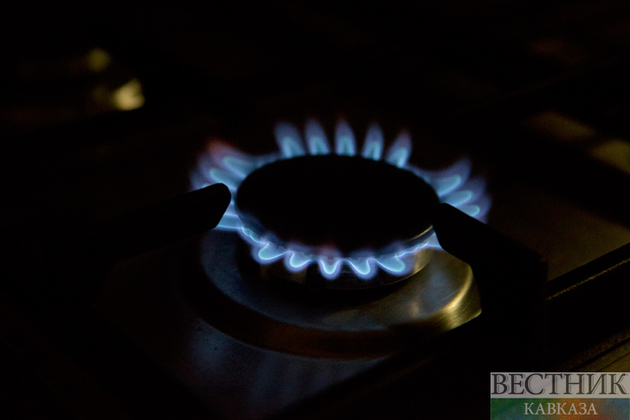The Egyptian government started this summer to direct the scaling back of domestic electricity consumption, reducing lighting in some streets, squares and other public areas, as well as in shops and government buildings. The aim is to try to lower the amount of natural gas needed for generating electricity by 15% and ship that surplus to buyers in Europe, who are paying top dollar for liquefied natural gas.
According The Wall Street Journal, in downtown Cairo, government buildings and shopping malls are now required to dim lights on their facades and adjust air conditioning to temperatures above 25 degrees Celsius. Authorities have also ordered spotlights at sports stadiums to be turned off at night.
In the capital’s once-brightly lit Tahrir Square, the Pharaonic obelisk and sphinxes glow dimly, while lights on surrounding buildings and streets have been switched off.
“The square isn’t as lively as it used to be. Now we get to sit in the dark,” said Ahmed Abu Bakr, a 43-year-old architect, who sat on the nearby grass with his three children one recent evening.
The conspicuous energy cutbacks come as Egypt hosts a United Nations-backed summit on climate change. Representatives of most of the world’s governments, a bevy of nongovernment organizations and many executives of global businesses are attending the closing days of the meeting this week in the seaside resort of Sharm El Sheikh.
In August, Egypt announced plans to reduce its energy consumption so it could redirect gas to Europe, which is looking for new sources of energy after Russia slowed its gas supply following sanctions on Moscow.
For the Egyptian government, the opportunity to sell more gas to Europe could help it increase foreign-currency reserves. The country suffered more than $20 billion in capital outflows this year amid waning investor confidence in its domestic economy. Egypt was buffeted first by the Covid-19 pandemic, then by rising inflation amid the conflict in Ukraine. A strong U.S. dollar has also hit Egypt’s ability to pay for imports, making everything from French cheese to American cars hard to find for wealthy consumers.
Egypt struck a deal last month with the International Monetary Fund for a $3 billion loan and managed this year to attract some loans and deposits from rich Gulf states, but it will need much more to pay off the tens of billions of U.S. dollars it owes to international creditors in the coming years.
Egyptian Prime Minister Mostafa Madbouly estimated in August that a 15% saving in domestic electricity generation would bring in revenue of $450 million a month from extra gas exports.
Egypt exported 8.9 billion cubic meters of gas last year, to countries including Turkey, India, Pakistan and Bangladesh, according to Oslo-based research firm Rystad Energy. Only around 15% of the total, or 1.3 billion cubic meters, went to Europe.
So far this year, Egypt has sent 4 billion cubic meters of gas to Europe, according to Rystad. Algeria, now Europe’s second-largest gas supplier after Norway, has signed deals to send more via pipeline, while the U.S. has sent tens of billions of cubic meters in shipments, increasing reserves and sending prices lower.
Egypt could struggle to sustain its export ramp-up, energy analysts say. Some of the country’s gas fields are petering out, and demand is on track to continue climbing. Egypt produced a record 70 billion cubic meters of gas last year, but consumed about 63 billion.
With Egypt’s population—now around 107 million people—rapidly increasing, household demand for gas looks set to rise.
Egypt operates just two liquefaction facilities at which to load its LNG exports. The plants, both on the country’s north coast, have a combined capacity of around 16 billion cubic meters a year. The country doesn’t have any pipelines running to Europe.
“I’m not really optimistic that Egypt can sustain these levels,” said Rystad analyst Pranav Joshi, of the recent uptick in shipments to Europe.






